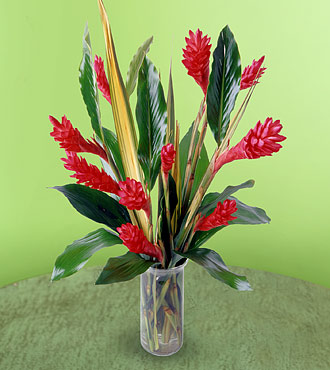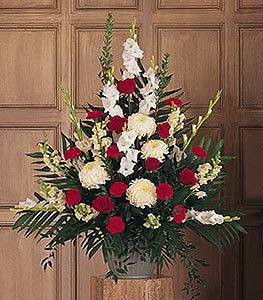|
|||||||||||||
|
Blossom Floristís Flower Delivery in Colorado is the greatest. Our Colorado Flower Shops offer flower delivery in Colorado with a 100% satisfaction guarantee. Our goal is to send only fresh flowers to Colorado with our professional and caring staff that is always available to serve your needs.
|
|
Colorado Click here to Send Flowers to Colorado Today |
||
|
Arvada, CO Aurora, CO |
Colorado Springs, CO Denver, CO |
Fort Collins, CO Westminster, CO |
|
Our General State History and Information Capitol: Denver
Date of Statehood: August 1, 1876 Population: 3,970,971 (1998 estimation) Flower: Lavender Columbine Colorado's first inhabitants were probably the Anasazi Indians who, four centuries before Columbus, lived in multi-story cliff dwellings in canyons in the southwestern corner of Colorado. At the end o f the thirteenth century, these Indians abandoned their cliff dwellings and apparently moved southward. The first Europeans to venture into Colorado were the Spanish. In 1540-41, Coronado led an expedition north from Mexico in search of the Seven Cities of Cibola where the streets were allegedly paved with gold. Although this exact route is unknown, it is likely Coronado and his party passed through the present-day area of southeastern Colorado. Over the next 250 years, the Spanish made other expeditions into the Colorado area. In 1800, Spain ceded a vast area, including Colorado, to Napoleon Bonaparte and the French. Three years later, the same parcel of land was sold by Napoleon the United States as the "Louisiana Purchase". In 1806, President Jefferson commissioned Lieutenant Zebulon Pike to explore the recently purchased territory. Among the sites mentioned by Pike in his report of the expedition was the 14,110-foot peak, which today bears his name. Pike stated in his report that it was unlikely the summit would ever be scaled. A group of explorers led by Major Stephen H. Long proved Pike to be wrong in 1820 when Dr. Edwin James and two others in the Long party became the first to climb to the summit of Pike's Peak. In making their journey, Long and his party passed the present day locations of Greeley, Denver, and Colorado Springs. They also viewed the mountain later known as Lounge's Peak. In January of 1861, Congress voted statehood for Kansas. A bill to create Colorado Territory was passed almost immediately thereafter. President Lincoln appointed William Gilpin as the state's first territorial governor. The population of Colorado in 1861 was 21,000. The first legislature, sitting in Denver, selected Colorado City (west of present day Colorado Springs) as the capitol. The second legislature met there only a few days, in 1862, and adjourned to Denver. The assembly met in Denver and Golden up to 1867 when Denver was named the permanent seat of the territory. In the years following the establishment of the territory, numerous attempts were made to gain statehood for Colorado. However, it was not until 1876 - fifteen years after becoming a territory - that Colorado was admitted as the thirty-eighth state in the union. Colorado was called the "Centennial State" in honor of the one-hundredth year of the Declaration of Independence. Our Historic Figure Chipeta, "White Singing Bird" 1844-1924: In 1859, she became the second wife of Ouray of the Uncompaghres, chief of the Ute Indian Nation. Her diplomatic tenacity strove to achieve a bloodless peace with white settlers. |
||
Birthday |
Valentine's Day |
Christmas |
Mother's Day |
Father's Day |
We specialize in wedding | New Baby and Symphaty / funeral flowers.
Link Page
We specialize in wedding | New Baby and Symphaty / funeral flowers.
Link Page






















